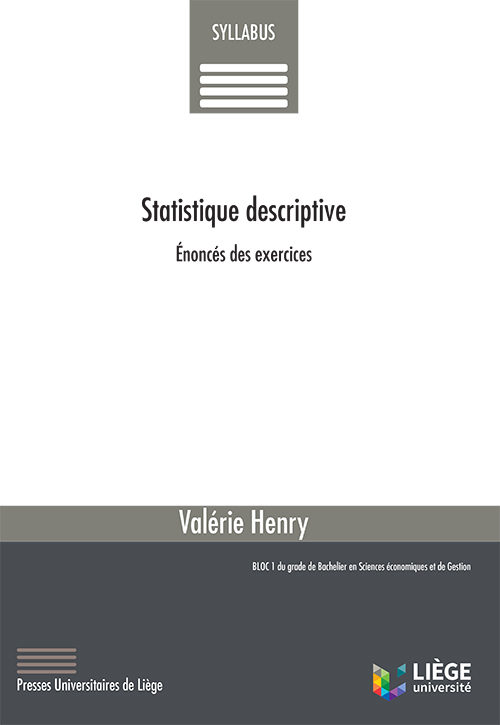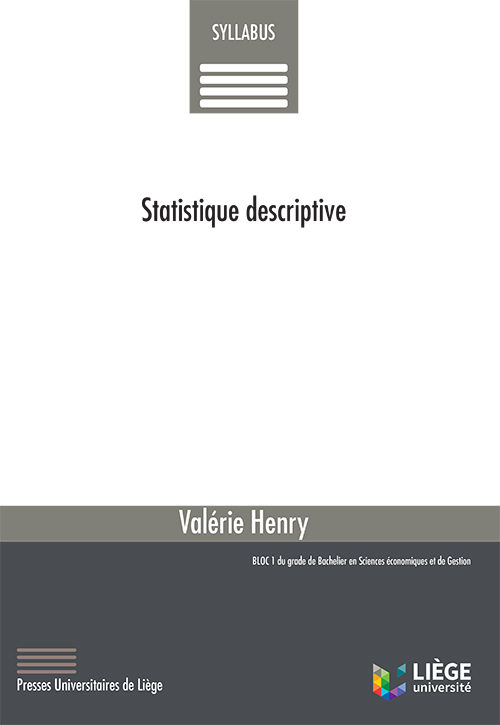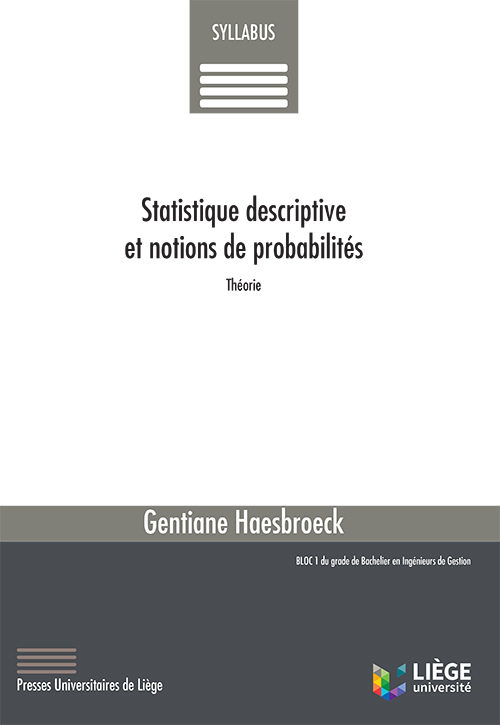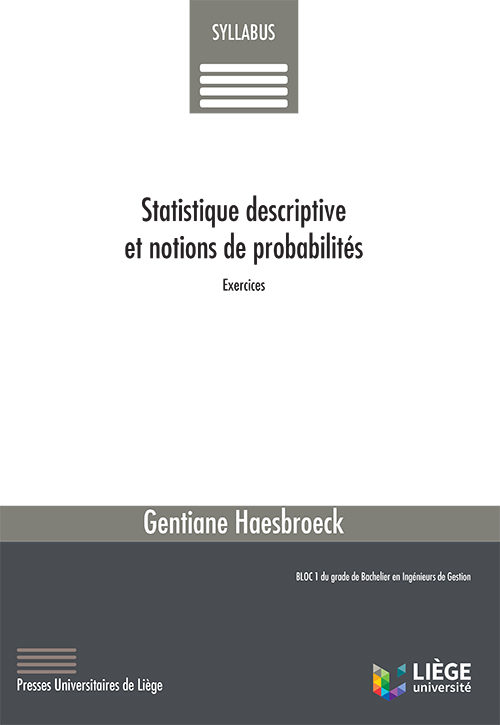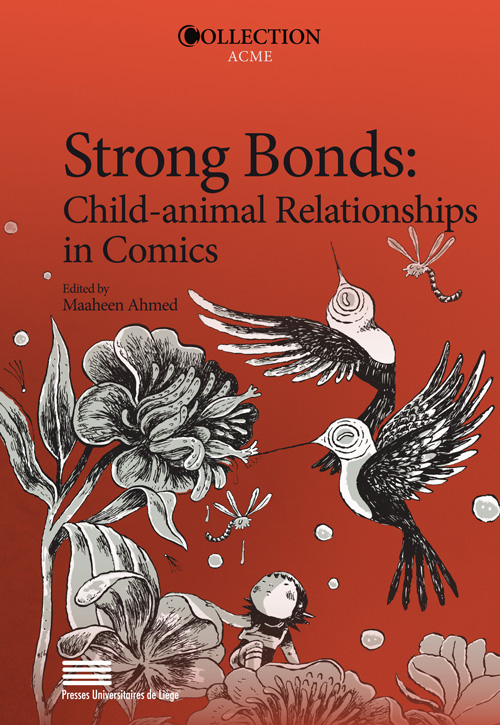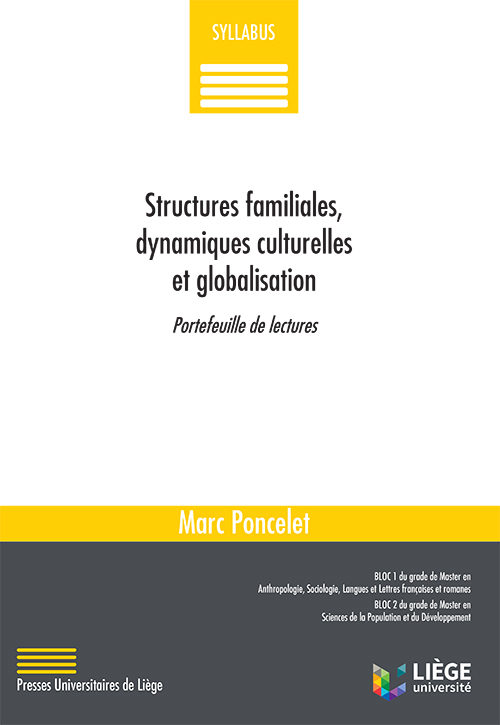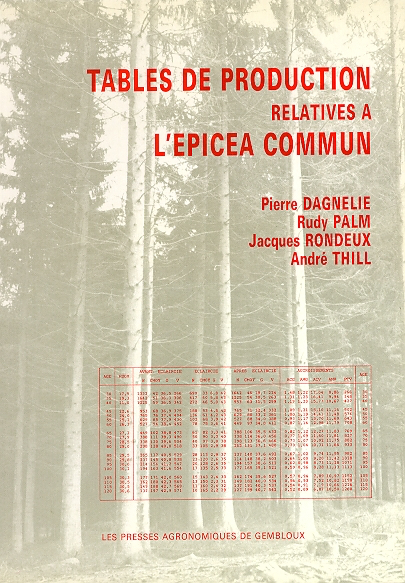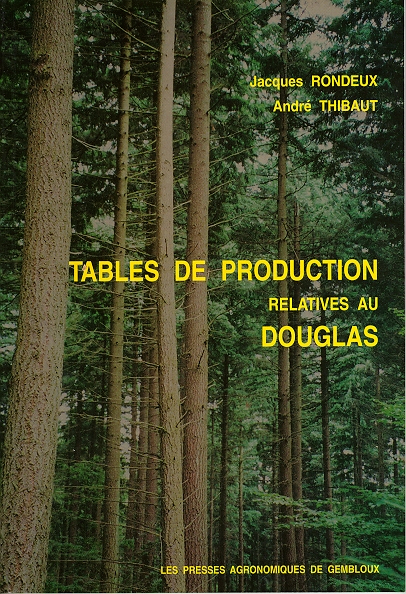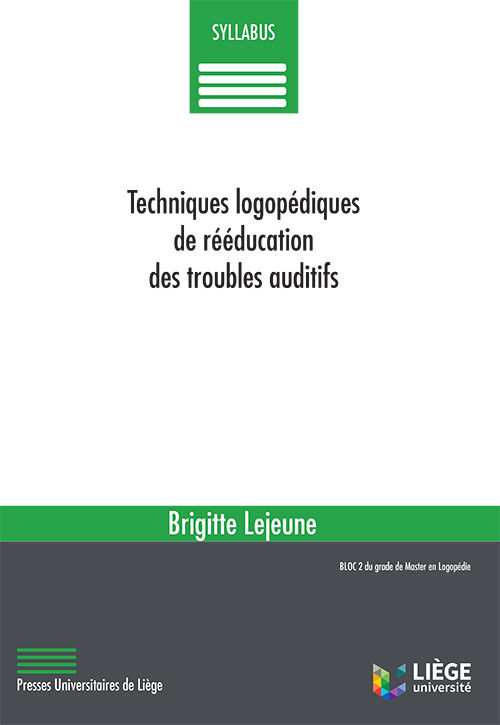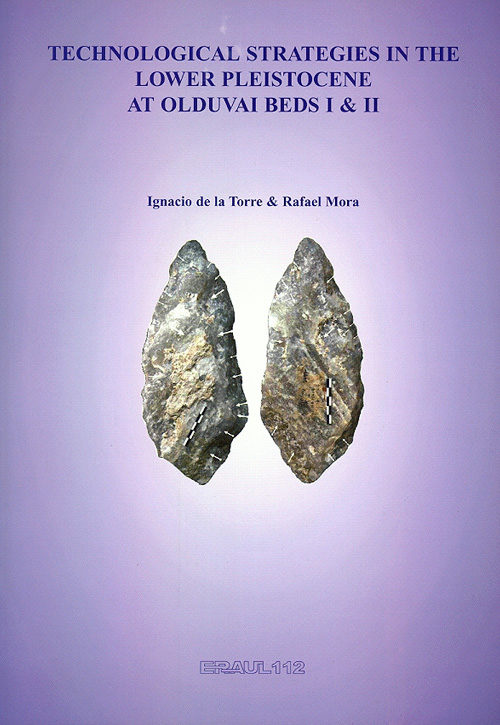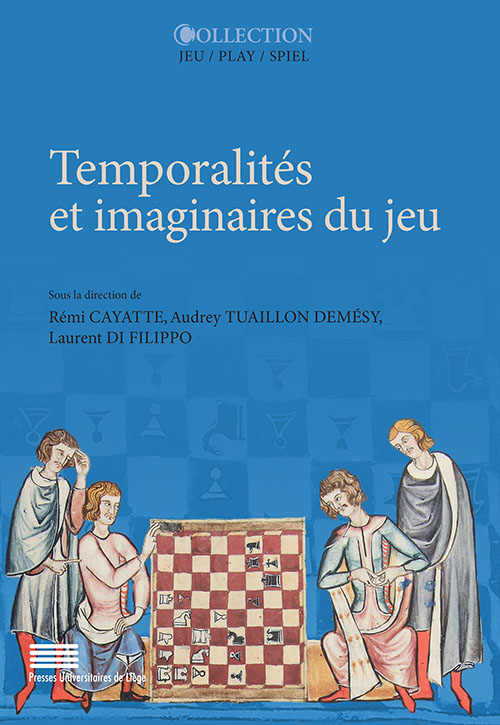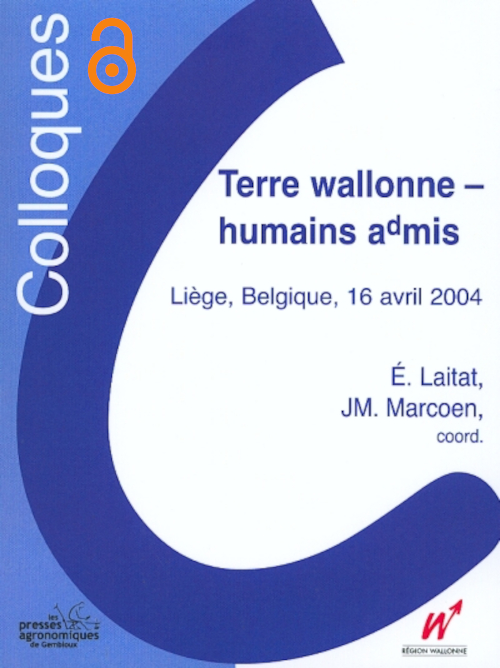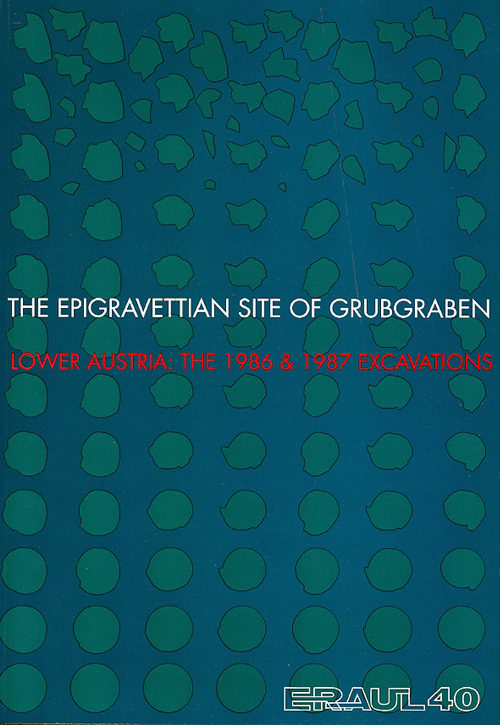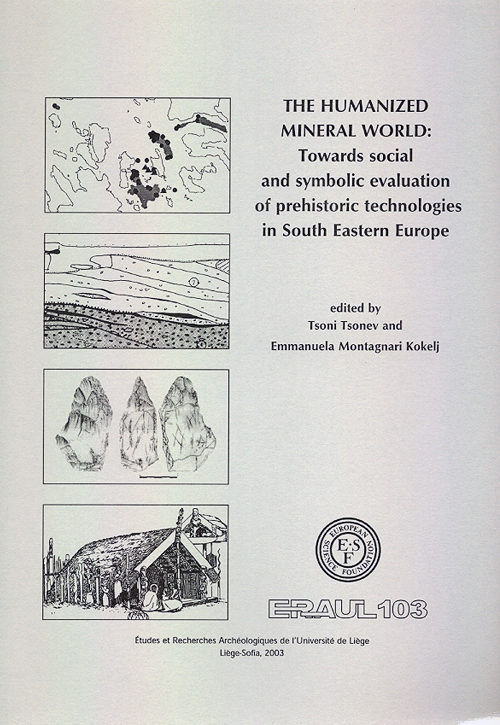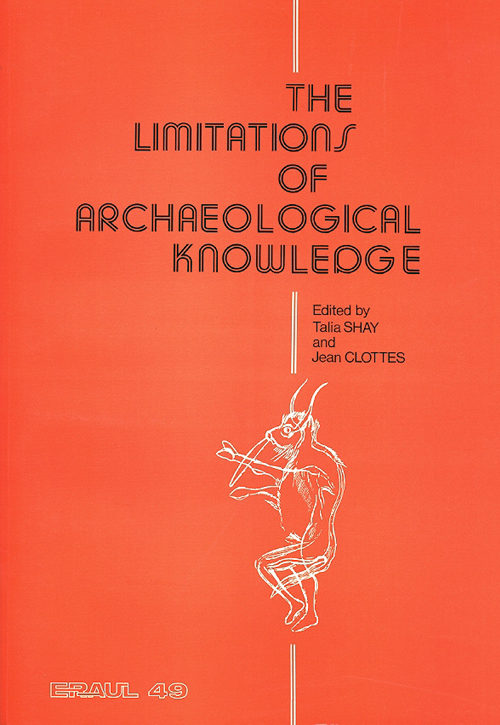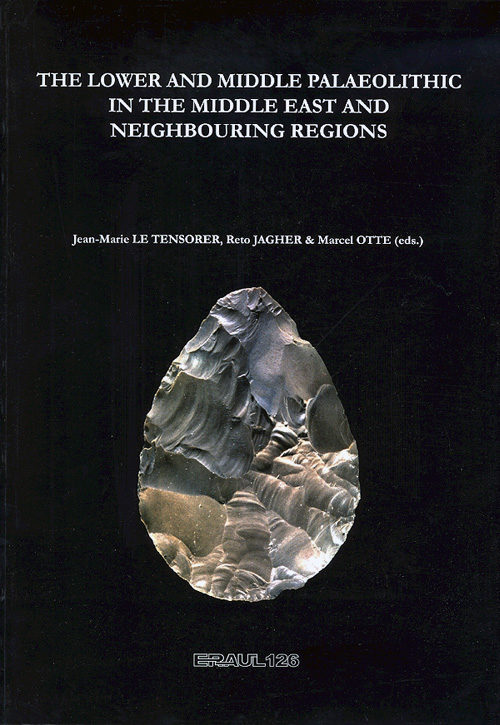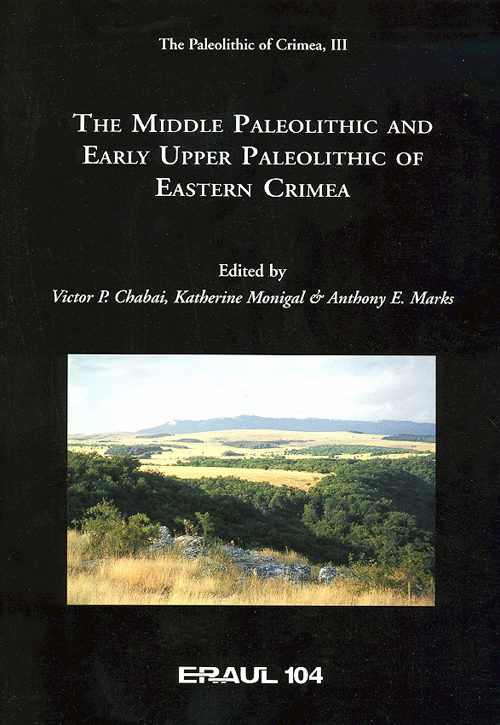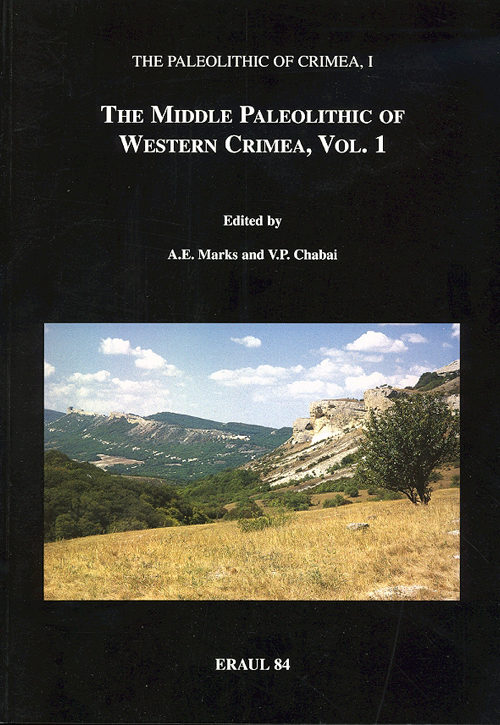-
Énoncés des exercices par HENRY, Valérie BLOC 1 du grade de Bachelier en Sciences économiques et de Gestion
-
par HENRY, Valérie BLOC 1 du grade de Bachelier en Sciences économiques et de Gestion
-
Théorie par HAESBROECK, Gentiane BLOC 1 du grade de Bachelier en Ingénieur de Gestion
-
Exercices par HAESBROECK, Gentiane BLOC 1 du grade de Bachelier en Ingénieur de Gestion
-
par Maaheen Ahmed (ed.)Snoopy and Charlie Brown, Calvin and Hobbes, Tintin and Snowy… comics are home to many memorable child and animal figures. Many cultural productions, especially children’s literature and cartoons, stress the similarities between children and animals, similarities that have their limits and often place the child, as human, above the animal. Still, these fictional situations offer opportunities for thinking of child-animal relationships in diverse ways through, for instance, considering the possibilities of privileged contact between children and animals or of animals that are more knowledgeable and powerful than children and even adults. Despite the prevalence and success of child-animal tandems in comics and culture, we know very little about these relationships. What makes them so popular? How do they work? How much do they vary across time and cultures? What do they tell us about the place of animals and children in comics and in the real world? Strong Bonds: Child-animal Relationships in Comics takes a first, important step in this direction. Bringing together scholars with a diverse range of comics expertise, the volume’s chapters combine contextualized readings of comics with relevant theories for interrogating childhood and animalhood, their overlaps and divergences. The strong bonds between children and animals mapped out here point towards alternative modes of conceptualizing family and identity and, ultimately, alternative means of reading, interpreting and imagining. With chapters on early comics (the Italian children’s magazine Corriere dei Piccoli during WWI, Harold Gray’s Little Orphan Annie) international and regional classics (Tintin, the Flemish Jommeke) and contemporary graphic novels (Bryan Talbot’s A Tale of One Bad Rat, Brecht Even’s Panther), this critical anthology sheds light on a vast array of child-animal relationships in comics from Europe and North America. Maaheen Ahmed is an associate professor of comparative literature at Ghent University. She is author of Openness of Comics (2016) and Monstrous Imaginaries: The Legacy of Romanticism in Comics (2020). She is currently principal investigator of the ERC-funded project COMICS which seeks to piece together an intercultural history of children and comics.
-
Portefeuille de lectures par PONCELET, Marc BLOC 1 du grade de Master en Anthropologie, Sociologie, Langues et Lettres françaises et romanes BLOC 2 du grade de Master en Sciences de la Population et du Développement, Sociologie
-
par DAGNELIE, Pierre, PALM, Rudy, RONDEUX, Jacques et THILL, André
Les Tables de production relatives à l'épicéa commun sont destinées à tous ceux qui s'intéressent aux problèmes de production, d'estimation et de gestion des forêts de l'Ardenne belge et des régions limitrophes de Belgique, d'Allemagne, de France et du Grand-Duché de Luxembourg. Les tables de production proprement dites sont graduées en fonction de l'âge des peuplements, de leur hauteur dominante et de différents types de traitement. Elles sont complétées par des tables de répartition des arbres en classes de grosseur. Ces tables permettent de réaliser des estimations et des prévisions de production, globalement et par catégories de produits, ainsi que des estimations financières. Elles peuvent aussi servir à orienter le traitement des forêts, en fonction d'objectifs fixés à priori.
Table des matières Introduction. L'épicéa commun en Ardenne. Construction des tables. Utilisation des tables. Résumé. Tables de production. Tables de répartition des arbres en classes de grosseur. Index bibliographique. Index des symboles. Index of symbols (English translation). -
par RONDEUX, Jacques et THIBAUT, André
Fruit de l'expérience d'une équipe de recherche œuvrant depuis plus de 25 ans dans le domaine de la productivité forestière, les tables de production relatives au douglas se situent dans la lignée des tables relatives à l'épicéa commun publiées en 1988 et concernent aussi bien la Belgique que les régions limitrophes d'Allemagne, de France et du Grand-Duché de Luxembourg. Elles constituent non seulement un document de référence pour les enseignants, les experts forestiers, les chercheurs et les étudiants concernés par les problèmes de gestion, de production et d'estimation des forêts mais aussi un outil d'aide à la décision pour les propriétaires et les gestionnaires forestiers tant publics que privés ainsi que pour les exploitants forestiers. Les 24 tables de production sont graduées en fonction de l'âge des peuplements pour trois niveaux de productivité (hauteur dominante à 50 ans) et huit scénarios sylvicoles (éclaircies) couvrant un large éventail de sylvicultures susceptibles d'être appliquées aux douglasaies. Elles sont complétées par des tables de répartition des arbres en catégories de grosseur (nombre de bois et volumes) ainsi que par plusieurs tarifs de cubage. La construction proprement dite des tables est explicitée en début d'ouvrage. Leurs perspectives d'utilisation et limites de validité sont illustrées par de nombreux exemples choisis parmi les cas les plus fréquemment rencontrés. Ces tables donnent la possibilité de réaliser des estimations et des prévisions de production au cours de la vie des peuplements, globalement et par type de produits, ainsi que des estimations axées sur la rentabilité financière ou encore sur la disponibilité des ressources ligneuses. Elles sont aussi un précieux auxiliaire pour l'étude des milieux de croissance, pour la gestion des massifs forestiers et pour le traitement sylvicole des douglasaies en fonction d'objectifs, à moyen et à long terme, fixés par le gestionnaire. Les traductions anglaise et allemande des symboles utilisés facilitent l'utilisation de ces tables pour les lecteurs non francophones.
-
par LEJEUNE, Brigitte BLOC 2 du grade de Master en Logopédie
-
par Ignacio DE LA TORRE & Rafael MORA Abstract
This book envisages an analysis of the lithic collections from several sites Mary Leakey excavated between 1960 and 1963 in Bed I and II at Olduvai (Tanzania), currently stored at the National Museum of Nairobi (Kenya) and previously published in a classic monograph (Leakey 1971). Nonetheless, we have conceived this study from a standpoint that relates more to aspects concerning technical production than to the typological issues that governed Leakey’s approximation. Furthermore, the Olduvai collections will be contemplated from a contextual prism, bearing in mind a constant concern in reconstructing the processes that formed the archaeological record, aiming to understand the differences or similarities that appear between the different assemblages. This monograph focuses on the analysis of lithic materials. We assume blood cannot be squeezed from stones, paraphrasing the title of one of the articles by Isaac (1977b). Yet, we can reconstruct part of the puzzle concerning human evolution by understanding the technological guidelines and technical patterns in use during the transformation processes, which are, in short, telling of the hominids´ behaviour. A meticulous analysis of the lithic objects can provide valuable information to comprehend their technical abilities, cognitive skills and economic concerns. Therefore, each lithic object will be studied analytically, attempting to integrate them in the corresponding stage of the chaîne opératoire. It is essential to keep a distance from the last works that examined the Olduvai sequence (Ludwig 1999; Kimura 1997, 1999, 2002). Therein, artefact categories stand their own ground (in a classically typological conception), and are compared in isolation throughout a chronological sequence. In contrast, we consider that it is essential to analyse each lithic element in connection with others, and each site as a whole, since each assemblage is subjected to specific, exceptional circumstances. Only upon understanding each collection after comparing the different categories it comprises, it is possible to elaborate conclusions that can subsequently be extrapolated and compared to the facts documented in other sites. This work contains constant references to the terms Oldowan and Acheulean. The Oldowan was defined precisely in Olduvai, therefore this location is the perfect setting for the justification of the term. In fact, the term Oldowan has well-defined chronological and cultural connotations, whilst Mode 1 defined by Grahame Clark (1969) has, over recent years, been used without enough precision. The same occurs with the Acheulean, which will predominate herein over the term Mode 2, and which also presents specific technological, chronological and cultural features. One of the key goals this work establishes is precisely to define the attributes that characterise the Oldowan and the Acheulean, and to attempt to understand the technological and cultural connotations this differentiation entails. Therefore it is essential that this dichotomy exists explicitly in our discourse. In the first chapter we will expound some general notions on the historiography of the Olduvai expeditions, the stratigraphy, the radiometric and paleo-ecological framework, the archaeological sequence Leakey defined, and the methodology employed in our re-examination. By doing so, we aim to create a suitable contextual framework in which to develop the technological study. As regards all other matters, the index of this work respects a diachronic structure, starting with the oldest sites in Bed I and moving through the archaeological sequence to the top of Bed II, the chronological limit for our research. After presenting a systematic description of each site in its corresponding chapter, general conclusions that summarise and present a global interpretation of the Olduvai sequence appear at the end of the monograph. Our goal is to combine a systematic study of the lithic reduction methods and chaînes opératoires, with a vaster vision that integrates these technical systems in the general framework of the land-use by hominids. We assume that the manufacturing of any stone tool is the result of a series of technical, economic, social and symbolic options that can be encompassed under the term strategies (Perlès 1992:225). From this general perspective, in this work we will attempt to understand the technological strategies used by the humans that lived in Olduvai during the Lower Pleistocene. (The authors).
-
Rémi Cayatte, Audrey Tuaillon Demésy et Laurent Di Filippo (dirs)
Cet ouvrage pluridisciplinaire réunit les contributions de douze chercheurs et chercheuses s’inscrivant dans le champ des études universitaires sur les jeux. Il est centré sur les manières dont différents imaginaires contribuent à la construction de mondes du jeu (vidéo, de rôle, sportif, etc.) et aborde comment les mécanismes temporels participent à la structuration et à l’appropriation d’expériences ludiques. Les douze chapitres de cet ouvrage sont organisés autour de deux axes principaux. Dans une optique principalement narrative, le premier s’intéresse aux contenus des jeux, aux temporalités intradiégétiques ainsi qu’aux spécificités relatives à leurs mises en scène. Quant au second, il se situe dans une perspective davantage ancrée en sciences sociales et s’intéresse aux pratiques ludiques et aux dimensions temporelles qu’elles permettent d’expérimenter. Entièrement dédié aux questions temporelles et à la manière dont elles sont véhiculées par et dans des imaginaires ludiques, ce volume place au coeur de son propos des réflexions qui demeurent encore à la marge des recherches en sciences du jeu.
Rémi CAYATTE est docteur en Sciences de l’information et de la communication, maître de conférences en SIC à l’université Toulouse III. Ses recherches portent sur les notions de communication, d’agentivité et d’expressivité dans les systèmes de jeu et plus largement dans les dispositifs d’interaction.
Laurent DI FILIPPO est docteur en Sciences de l’information et de la communication et en études scandinaves et maître de conférences en SIC à l’université de Lorraine. Ses recherches portent sur la réutilisation des mythes nordiques et de l’imaginaire viking dans les médias contemporains, ainsi que sur les rapports entre jeux et faits religieux.
Audrey TUAILLON DEMÉSY est docteure en sociologie, professeure en STAPS à l’université de Franche-Comté (laboratoire C3S). Ses travaux portent sur les cultures alternatives (sports subculturels, reconstitutions historiques, culture punk) et les imaginaires, notamment du temps, qui les entourent.
-
par LAITAT, Eric (coord.) et MARCOEN, Jean-Marie (coord.)
-
par BOGAERT, Jan (éd.) et HALLEUX, Jean-Marie (éd.)
Nous assistons actuellement au peuplement des zones périurbaines de la planète par des centaines de millions d'individus. Cette évolution pose de redoutables problèmes et des difficultés inédites pour les politiques publiques. Si les effets de la périurbanisation sont relativement bien connus dans les pays du Nord, les analyses dédiées aux pays du Sud sont bien moins développées. L'ouvrage "Territoires périurbains : développement, enjeux et perspectives dans les pays du Sud" permet de lever un coin du voile sur cette problématique et sur les grands défis que la périurbanisation pose pour le Sud en général et pour l'Afrique centrale en particulier.
L'ouvrage débute en cherchant à clarifier ce qu'il faut exactement entendre par "territoire périurbain". A la suite de cette mise en contexte, il se poursuit par cinq parties organisées autour des problématiques des ressources naturelles, de la sécurité alimentaire, de la santé publique, des services publics et de l'aménagement des territoires. Pour chacune de ces problématiques, des chercheurs spécialisés issus de disciplines variées apportent des contributions qui, tout en soulignant l'ampleur des défis, permettent la mise en avant de solutions innovantes pour améliorer la gouvernance et le bien-être des populations.
Cet ouvrage s'adresse d'abord aux chercheurs préoccupés par les défis du développement. En parallèle, par les pistes pour l'action publique qu'il esquisse, il ne manquera pas d'également intéresser les décideurs et les praticiens qui opèrent dans le contexte des territoires périurbains des pays du Sud.
-
Selected papers from the meeting of the Computer Working Group of the International Association of Egyptologists (Informatique & Égyptologie), Liège, 6-8 July 2010 par Stéphane POLIS et Jean WINAND with the collaboration of Todd GILLEN Présentation du volume
This volume represents the outcome of the meeting of the Computer Working Group of the International Association of Egyptologists (Informatique & Égyptologie) held in Liège in 2010 (6-8 July) under the auspices of the Ramses Project. The papers are based on presentations given during this meeting and have been selected in order to cover three main thematic areas of research at the intersection of Egyptology and Information Technology: (1) the construction, management and use of Ancient Egyptian annotated corpora; (2) the problems linked to hieroglyphic encoding; (3) the development of databases in the fields of art history, philology and prosopography. The contributions offer an up-to-date state of the art, discuss the most promising avenues for future research, developments and implementation, and suggest solutions to longstanding issues in the field.
Two general trends characterize the projects laid out here: the desire for online accessibility made available to the widest possible audience; and the search for standardization and interoperability. The efforts in these directions are admittedly of paramount importance for the future of Egyptological research in general. Indeed, for the present and increasingly for the future, one cannot overemphasize the (empirical and methodological) impact of a generalized access to structured data of the highest possible quality that can be browsed and exchanged without loss of information.
Notice des auteurs
Stéphane POLIS is Research Associate at the National Fund for Scientific Research (Belgium). His fields of research are Ancient Egyptian linguistics and Late Egyptian philology and grammar. His work focuses on language variation and language change in Ancient Egyptian, with a special interest for the functional domain of modality. He supervises the development of the Ramses Project at the University of Liège with Jean Winand.
Jean WINAND is professor ordinarius at the University of Liège, and currently Dean of the Faculty of Philosophy and Letters. He specializes in texts and languages of ancient Egypt. His major publications include Études de néo-égyptien. La morphologie verbale (1992); Grammaire raisonnée de l’Égyptien classique (1999, with Michel Malaise); Temps et Aspect en égyptien. Une approche sémantique (2006). He launched the Ramses Project in 2006, which he supervises with Stéphane Polis.
-
par Anta MONTET-WHITE (éd) Résumé indisponible.
-
Proceedings of the ESF workshop, Sofia 3-6 september 2003 par Tsoni TSONEV and Emmanuela MONTAGNARI KOKELJ Résumé indisponible.
-
par Talia SHAY & Jean CLOTTES (éds) Résumé indisponible.
-
par Jean-Marie LE TENSORER, Reto JAGHER & Marcel OTTE (eds.) Table of content The Core-and-Flake Industry of Bizat Ruhama, Israel: Assessing Early Pleistocene Cultural Affinities | Yossi Zaidner New Acheulian Locality North of Gesher Benot Ya´aqov – Contribution to the Study of the Levantine Acheulian | Gonen Sharon The Lower Palaeolithic in Syria | Sultan Muhesen & Reto Jagher Innovative human behavior between Acheulian and Mousterian: A view from Qesem Cave, Israel | Ran Barkai & Avi Gopher The Mugharan Tradition Reconsidered | Avraham Ronen, Izak Gisis & Ivan Tchernov Recent progress in Lower and Middle Palaeolithic research at Dederiyeh cave, northwest Syria | Yoshihiro Nishiaki, Yosef Kanjo, Sultan Muhesen & Takeru Akazawa Le Yabroudien en Syrie : état de la question et enjeux de la recherche | Amjad Al Qadi The contribution of Hayonim cave assemblages to the understanding of the so-called Early Levantine Mousterian | Liliane Meignen Capturing a Moment: Identifying Short-lived Activity Locations in Amud Cave, Israel | Erella Hovers, Ariel Malinsky-Buller, Mae Goder-Goldberger & Ravid Ektshtain Late Levantine Mousterian Spatial Patterns at Landscape and Intrasite Scales in Southern Jordan | Donald O. Henry Levallois points production from eastern Yemen and some comparisons with assemblages from East-Africa, Europe and the Levant | Rémy Crassard & Céline Thiébaut Development of a geospatial database with WebGIS functions for the Paleolithic of the Iranian Plateau | Saman Heydari, Elham Ghasidian, Michael Märker & Nicholas J. Conard The Late Middle Palaeolithic and Early Upper Palaeolithic of the northeastern and eastern edges of the Great Mediterranean (south of Eastern Europe and Levant): any archaeological similarities ? | Yuri E. Demidenko The Archaeology of an Illusion: The Middle-Upper Paleolithic Transition in the Levant | John J. Shea La transition du Moustérien à L’Aurignacien au Zagros | Marcel Otte & Janusz Kozlowski El Kowm, a key area for the Palaeolithic of the Levant in Central Syria | Reto Jagher & Jean-Marie Le Tensorer Nadaouiyeh Aïn Askar – Acheulean variability in the Central Syrian Desert | Reto Jagher The faunal remains from Nadaouiyeh Aïn Askar (Syria). Preliminary indications of animal acquisition in an Acheulean site | Nicole Reynaud Savioz Hummal: a very long Paleolithic sequence in the steppe of central Syria – considerations on Lower Paleolithic and the beginning of Middle Paleolithic | Jean-Marie Le Tensorer, Vera von Falkenstein, Hélène Le Tensorer & Sultan Muhesen Chronometric age estimates for the site of Hummal (El Kowm, Syria) | Daniel Richter, Thomas C. Hauck, Dorota Wojtczak, Jean-Marie Le Tensorer & Sultan Muhesen A Yabroudian Equid skull and upper cheek teeth from the site of Hummal (El Kowm, Syria) | Hani El Suede The Lower Palaeolithic assemblage of Hummal | Fabio Wegmüller A three-dimensional model of the Palaeolithic site of Hummal (Central Syria) | Daniel Schuhmann Hummal (Central Syria) and its Eponymous Industry | Dorota Wojtczak The Mousterian sequence of Hummal and its tentative placement in the Levantine Middle Palaeolithic | Thomas C. Hauck
-
par Victor P. CHABAI, Katherine MONIGAL & Anthony E. MARKS (eds) Résumé indisponible.
-
par Anthony E. MARKS & Victor P. CHABAI (éd.) Résumé indisponible.

